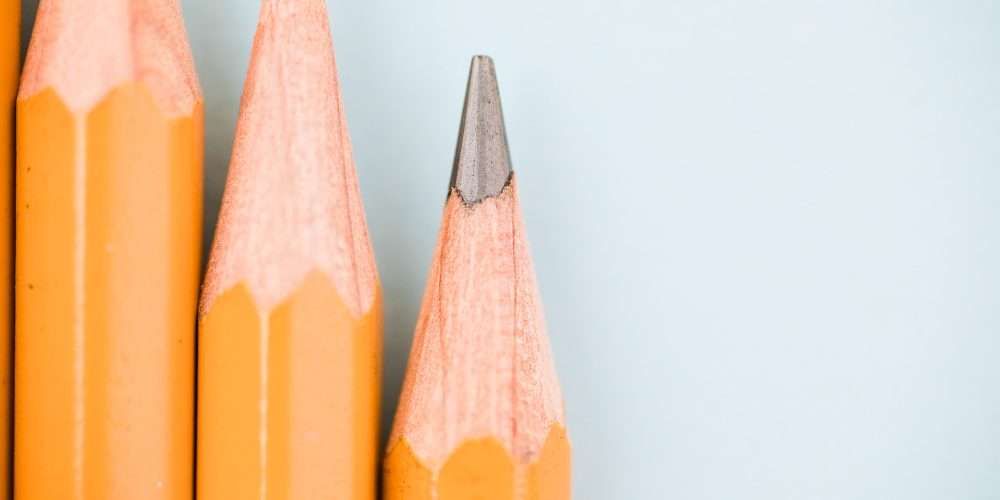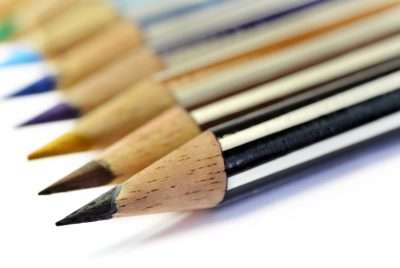Charcoal pencils are the secret weapon behind some of the most striking and moody drawings in art history. If you’ve been working with graphite and feel something’s missing—depth, drama, emotion—charcoal might be what your toolkit needs.
This guide explores everything from the different types of charcoal pencils to expert techniques that help you unlock your inner master.
Why Use Charcoal Pencils?
Unlike graphite, charcoal offers deep blacks, rich textures, and a boldness that grabs attention. It’s great for:
- High-contrast portraits
- Expressive gesture drawings
- Moody landscapes
- Dramatic still lifes
Whether you’re just starting out or leveling up your skills, charcoal pencils can transform your creative output.
Types of Charcoal Pencils
Not all charcoal pencils are made equal. Here’s what you need to know:
1. Soft Charcoal Pencils
Best for intense blacks and smudging effects. Ideal for expressive strokes and deep shadows.
2. Medium Charcoal Pencils
Great for everyday drawing. Offers a balance between control and depth.
3. Hard Charcoal Pencils
Produces lighter lines. Good for detail work and initial sketches.
Tip: Use a mechanical pencil for underdrawing before committing to charcoal layers.
Key Techniques for Charcoal Art
Blending for Depth
Use tissue paper, blending stumps, or even your finger to smooth out lines and create soft gradients.
Lifting Highlights
Use a kneaded eraser to pull light back into your drawing. This technique creates a photorealistic feel, especially in portraits.
Controlled Smudging
Smudge intentionally—not everything should blur. Focus on areas like backgrounds or shadows to guide the viewer’s eye.
Creating Texture
Break the pencil tip and use its side for gritty, textured strokes. Perfect for natural scenes like rocks or tree bark.
Want to explore graphite techniques too? Check out our breakdown of pencil grades.
Recommended Tools
- Charcoal pencils (soft, medium, hard)
- Blending stump
- Kneaded eraser
- Fixative spray (to seal your work)
- Sketchbook with toothy paper
Organize them all in style with our guide to top pencil cases and holders.
Common Mistakes to Avoid
- Overblending: Can make your work look muddy or flat.
- Ignoring Fixatives: Your beautiful work can smear without a proper seal.
- Using smooth paper: Charcoal needs texture to stick.
If you’re drawing for long hours, protect your hand with one of these ergonomic pencil grips.
Final Thoughts
Charcoal pencils offer freedom and flair that graphite sometimes lacks. Whether you’re chasing mood, drama, or bold contrasts, mastering charcoal techniques can push your work to the next level.
Still exploring your options? See our top colored pencil picks for 2025 or get nerdy with the difference between mechanical and traditional pencils.

